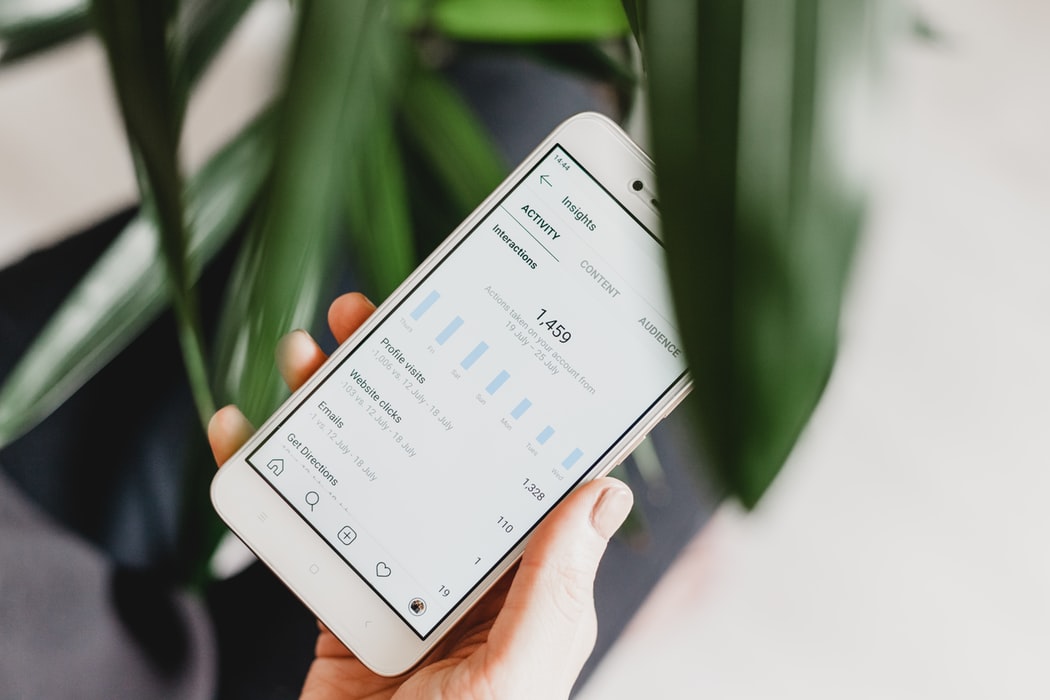1.Micro-influencers on the rise
Now that marketers have realized the true power of influencers, businesses start to realize that the number of followers is not the best metric to look at when selecting influencers they want to work with. How well an influencer fits your brand values is a far more important criterium. As is authenticity, both are key to successful influencer collaborations and both can be completely undermined by paid posts from macro-influencers, leading audiences to lose trust in their recommendations. The data doesn’t lie. Influencers with under 25K followers have more engaged and loyal followers than those with larger audiences, as they are considered experts in their respective niche. These smaller, more focused niche experts connect on a deeper level with their audiences and generate greater engagement.
In PR we see the importance ROI-positive campaigns. A shotgun approach doesn’t work with influencer marketing. You need to know your audience. It’s not about how many impressions your campaign generates but about the quality of these impressions. This is where micro-influencers truly shine. Connecting with these influencers to promote your product allows you to reach audiences you know are engaged in that particular niche.
On top of that, multiple influencers need to be selected and campaigns should be rolled out in different phases. By working with a bigger pool of micro-influencers in a first phase, and evaluating the performance of the influencers, consecutive phases of the campaign can be better optimized for the buyer personas you want to target. This is why we see that many companies working with micro-influencers as brand ambassadors on a long-term base, rather than partnering for one-shot collaborations. These brand ambassadors are the experts that relate to the brand, its products, and services. By forming long-term partnerships with micro-influencers, you’re also building a relationship with their followers. In which case you can keep three main conditions for a successful influencer campaign in mind.
Since micro-influencers embody the companies they partner with, they are great at implementing the brand and products into their daily routines and sharing stories about how the brand fits their lifestyle. You’ll likely see increased brand recognition and, best of all, affordable conversions. So it’s safe to say that micro-influencers are a key part of our influencer campaign strategies.
2. Storytelling
Even with the broad and highly engaged audience micro-influencers have, it remains important to tell a good story – written and visually. In digital marketing even more than in marketing in general, storytelling enables us to build a brand persona and create a connection with consumers. The influencers can use a brand’s story to introduce the brand to their followers and load it with emotions. People are more likely to identify with the story when it’s told from the viewpoint of influencers than by a brand or company.
The key thing to remember here is that a good brand story should tap into the things that make your audiences tick and to what is important and close to their hearts. But most of all, the story should be authentic. Which means it should be written with the readers’ interests in mind and customized to each platform. Influencers – and micro-influencers specifically – are ideally placed to make this happen. As they can truly bring your story to life. By involving them, engaging them and having them experience it themselves, they can help to significantly amplify your story in an authentic way.
Just like a brand’s collaboration with influencers, storytelling should be developed as part of a longer-term content strategy.
3.Video content will get even bigger
Video is the holy grail of content marketing. Video achieves far more organic reach than static images, status updates, and link posts, and consumers spend thrice the time watching live videos than other forms of content. This trend is very likely to continue, with video comprising 80% of all consumer internet traffic. Influencers will continue to create more video content to meet the needs of their audiences , whether this is on short-form video platforms (Snapchat, TikTok and Instagram) or long-form video platforms (IGTV, YouTube and Facebook Live). For example TikTok, that is thought to be a platform for young teenagers, can be used to the advantage of your business as well.
Video platforms said to be a more engaging medium than images and – in the race to capture attention in a busy social scene – it’s no wonder we’re seeing more of them and they are looked at as the future of social sharing. So if you’re a brand on social media looking to educate, engage and convert, video definitely needs to become part of your content mix and influencer campaign!
4. Performance Metrics are key
Measurement and all things metrics will be a key focal point and with good reason. As increasing amounts of money are being invested in influencer marketing, companies need to understand exactly if they’re getting their money’s worth. The tools that brands use to measure the ROI from influencer marketing will continue to improve. This will benefit influencer marketing in general as it will lead to increased insight into consumer behaviour and success rates. In turn, this will enable brands and content creators alike to better understand their audience and hence generate super-effective content. In conclusion, it is fair to say now should and will most likely be the time in which brands will stop compensating influencers based on their follower count and focus more on how they can produce real, measurable and more valuable results.
